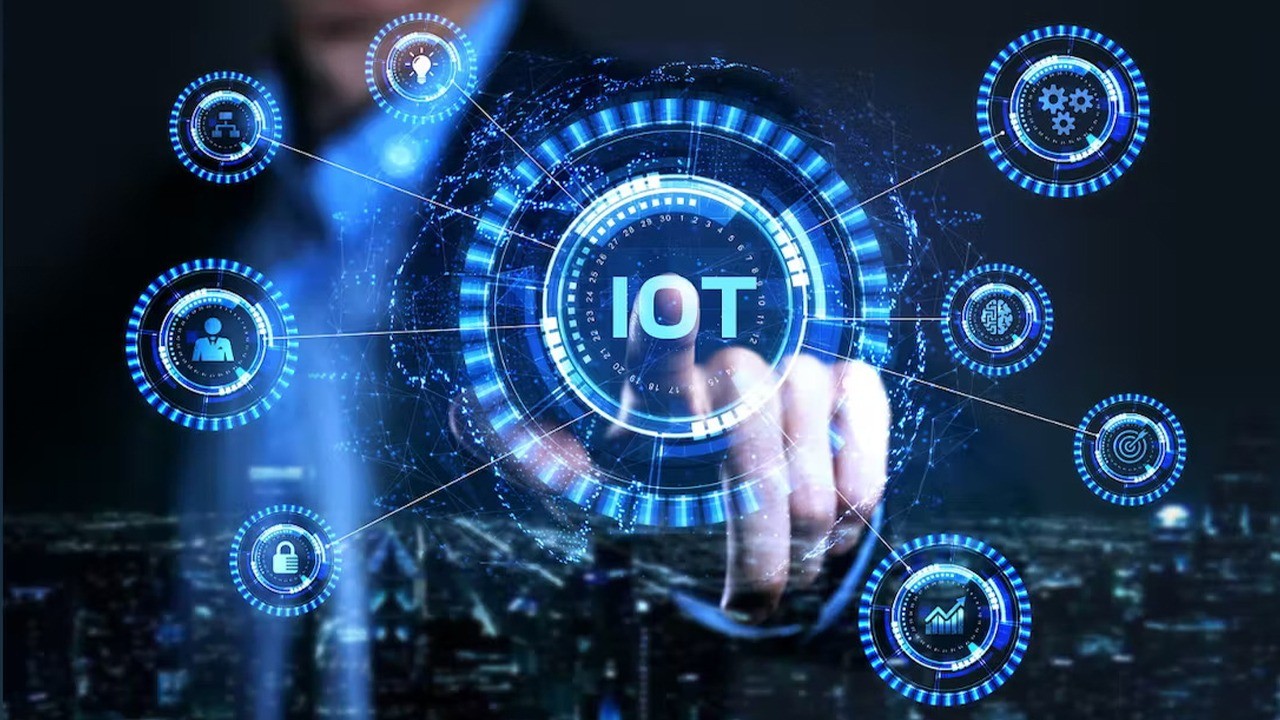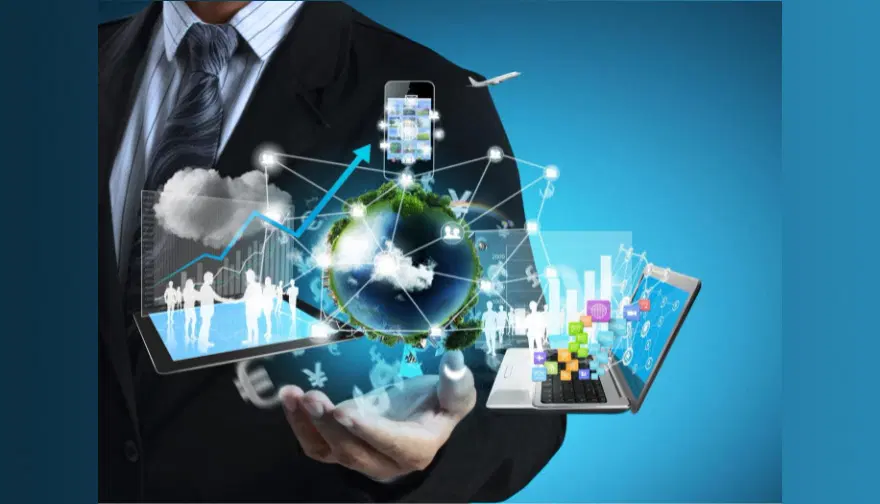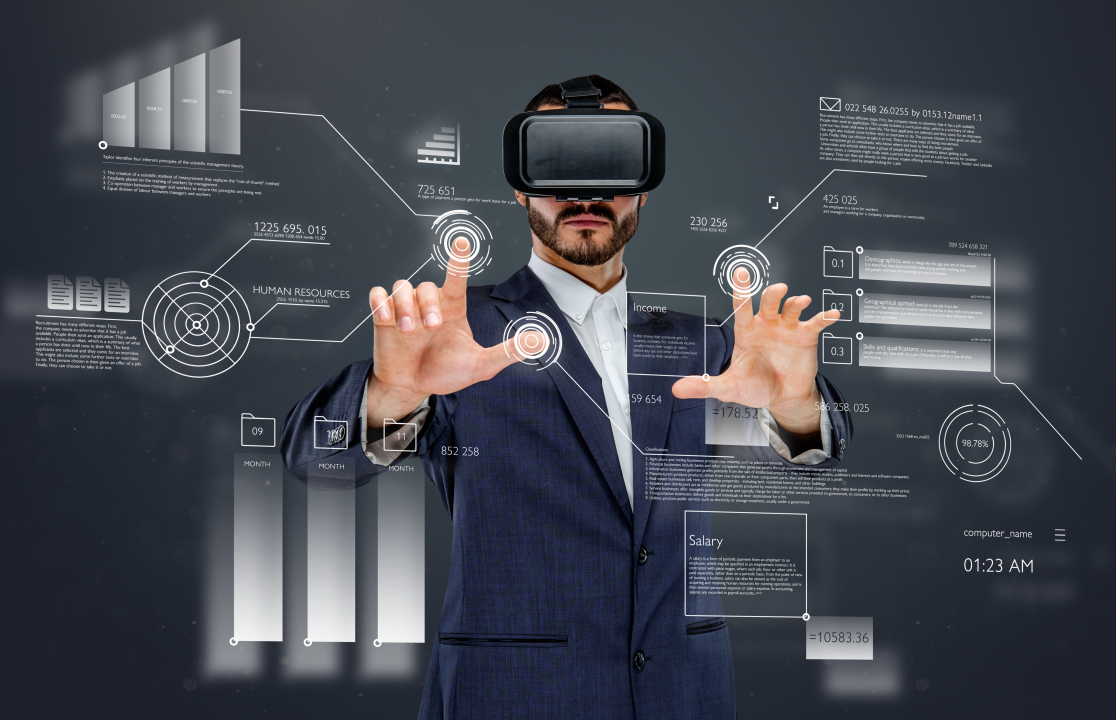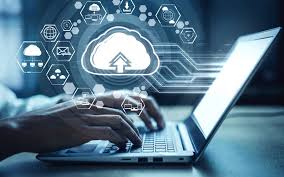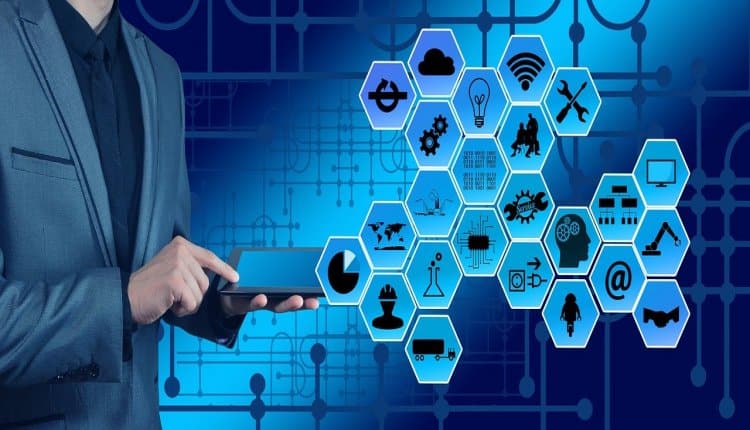The Internet of Things (IoT) is one of the most transformative technologies of the modern age. It refers to the network of physical devices, vehicles, appliances, and other objects embedded with sensors, software, and connectivity, allowing them to collect and exchange data. By making everyday objects “smart,” IoT is revolutionizing how we interact with technology. But what exactly is IoT, and what are some common applications of it? Let’s dive into this groundbreaking technology and explore its impact.
What is the Internet of Things (IoT)?
The Internet of Things (IoT) is a system of interrelated physical devices that can collect and share data through the internet or other networks. These devices are embedded with sensors, software, and other technologies that allow them to interact with other systems and exchange information. The idea behind IoT is to enable objects to connect and communicate, creating a smarter and more efficient world.
Some common examples of IoT devices include smart thermostats, connected home appliances, wearables, and industrial machines. These devices often operate in the background, gathering data and making decisions that improve functionality without requiring constant human input.
How Does IoT Work?
IoT devices rely on sensors to collect data, which is then sent over the internet to cloud platforms for processing. The processed data can be analyzed and used to make informed decisions, control other devices, or send alerts to users. IoT systems often work in conjunction with artificial intelligence (AI) and machine learning (ML) to enable more intelligent and automated responses.
For example, a smart thermostat collects data on temperature, humidity, and user preferences. It then sends this data to a cloud-based system that analyzes it to adjust the heating or cooling settings accordingly, making the home environment more comfortable and energy-efficient.
Common Applications of IoT
IoT technology is making a significant impact across various industries. Below are some common and transformative applications:
1. Smart Homes
IoT is perhaps most well-known for its role in smart home devices. These include products like smart thermostats (e.g., Nest), smart lights, voice assistants (e.g., Amazon Alexa, Google Assistant), and security cameras. These devices can be controlled remotely through smartphone apps, allowing homeowners to adjust settings, monitor security, and automate routines, all contributing to increased convenience, energy efficiency, and safety.
2. Healthcare and Wearables

IoT is revolutionizing the healthcare industry by enabling the development of wearable devices such as fitness trackers, smartwatches, and medical monitoring devices. These devices collect real-time health data such as heart rate, blood pressure, sleep patterns, and more. This data can be shared with healthcare providers, helping with early detection of health issues and enabling personalized care plans.
3. Smart Cities
IoT is also transforming urban living by contributing to the development of smart cities. In these cities, IoT devices are used to manage traffic, monitor air quality, optimize waste collection, and even control street lighting. These smart systems improve efficiency, reduce costs, and contribute to a more sustainable and livable environment for residents.
4. Industrial IoT (IIoT)
In the manufacturing sector, IoT technology is used to create smart factories. Sensors and connected devices are used to monitor equipment, track inventory, and gather data on production processes. This data helps companies improve efficiency, reduce downtime, predict maintenance needs, and increase overall productivity.
5. Agriculture
IoT is also having a profound impact on agriculture by enabling precision farming. Sensors in the field can monitor soil moisture, temperature, and crop health, providing farmers with real-time data to optimize irrigation, fertilization, and pest control. This helps increase crop yields, reduce waste, and improve resource efficiency.
6. Automotive Industry
The automotive industry is leveraging IoT to create smarter vehicles and improve transportation systems. IoT-enabled vehicles can gather data on driving behavior, monitor vehicle health, and provide real-time navigation updates. Autonomous vehicles rely heavily on IoT systems to communicate with other cars, traffic signals, and infrastructure to enhance safety and efficiency.
7. Retail
Retailers are using IoT to enhance the shopping experience and improve inventory management. Smart shelves can monitor stock levels in real-time, and beacons can provide personalized offers to shoppers based on their location in the store. Additionally, IoT-powered analytics tools help retailers gain insights into consumer behavior and improve product offerings.
8. Energy Management
IoT plays a critical role in energy management by enabling the monitoring and optimization of energy usage in homes, buildings, and industrial settings. Smart meters, for example, can track energy consumption and provide data to both consumers and energy providers, leading to more efficient energy distribution and cost savings.
Advantages of IoT
- Increased Efficiency: IoT systems automate processes, reduce manual work, and enhance operational efficiency.
- Real-time Data: IoT devices provide real-time data, allowing for better decision-making and faster response times.
- Cost Savings: By optimizing resources and reducing waste, IoT helps businesses and individuals save money.
- Improved Safety and Security: IoT enables better monitoring and detection of potential safety risks, whether in smart homes or industrial environments.
- Enhanced Customer Experience: IoT enables personalized services and products, leading to improved customer satisfaction.
Challenges of IoT
Despite its many benefits, IoT also presents challenges, including:
- Security and Privacy Concerns: The more devices connected to the internet, the greater the risk of cyberattacks and data breaches.
- Interoperability: IoT devices from different manufacturers may not always work well together, creating compatibility issues.
- Data Overload: With billions of devices generating data, managing and analyzing this information can be overwhelming.
Also Read: How Does Cloud Computing Benefit Businesses And Individuals?
Conclusion
The Internet of Things is changing the way we live, work, and interact with the world around us. From smart homes and healthcare to smart cities and industries, IoT is enabling more efficient, connected, and data-driven systems. While there are challenges, the benefits of IoT are undeniable, and as technology advances, the potential for IoT to reshape our future continues to grow.

